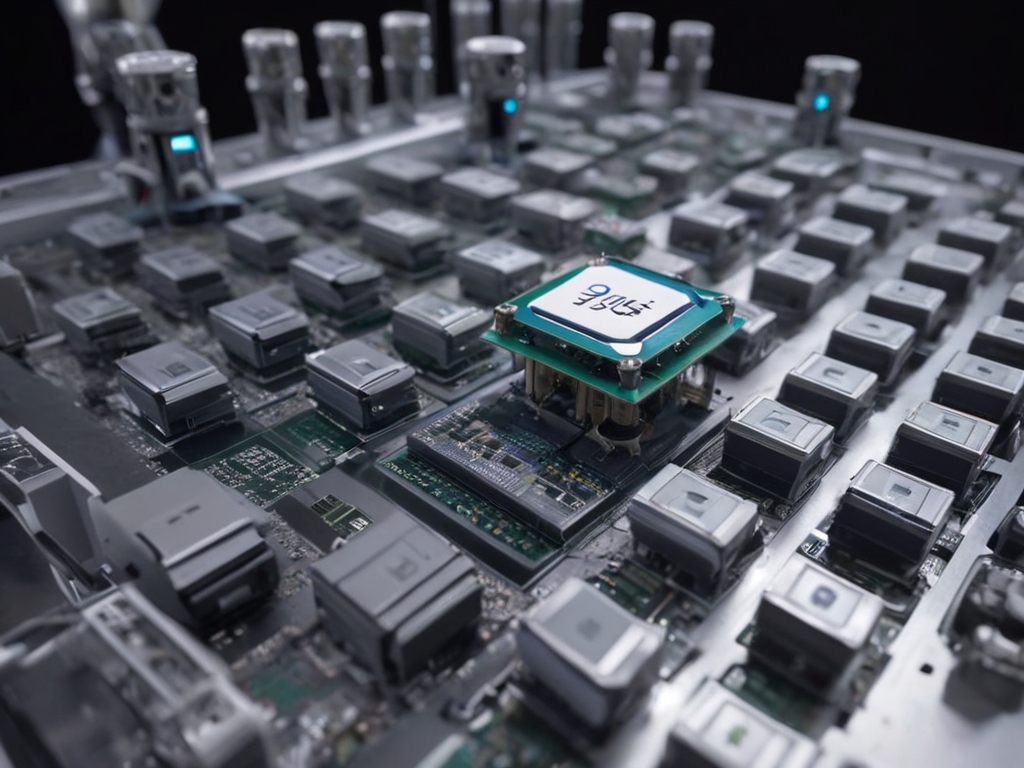Amid all the studies that have tried to systematize the artificial intelligence (AI) field and have grappled with the question of whether there is a point where smaller AI models can surpass larger ones in efficacy, the Google Research and Johns Hopkins University study has finally disproven that argument. It has shown that in the context of image generation, smaller models tend to perform better than their bigger counterparts. On the 2nd of May, the study led by Kangfu Mei and Zhengzhong Tu revealed the scaling properties of latent diffusion models (LDMs). They discovered that changes in the resolution of the output image don’t bring significant alterations, however increasing the model size can lead to substantial improvements.
Rethinking AI Model Efficiency
The studies employed LDMs of 39 million to 5 billion parameters with varieties for tasks including text-to-image generation, super-resolution, and subject-driven super-resolution as the participants underwent carefully practiced and evaluated training and evaluating processes. The proven fact that smaller models more than hold their own, even if not larger than those being compared shows that when computation is limited, smaller models can even exceed larger models.
Explorations done by this study are found to be intricate. The first point worth noting is that small models are high-performing and give the same or high sampling efficiency across all types of diffusion samplers and even after model distillation is done.
This robustness thus explains that the chip scale of inferior models is integral to their merits and is not a direct consequence of a training algorithm or method. Nevertheless, it also admits that bigger models can be useful for the same purpose too especially in cases where resource allocation problems (such as computational power) do not arise because they can create images with better details.
Key findings and implications
Such discoveries are not only revolutionary for the current technological space but also have significant consequences for the development of AI. They play a significant function of being how the development of AI systems allowing for more accessible, powerful, and resource-friendly image generation in high-end capacities. This is especially important in an age where there has been a strengthening call for the development of artificial intelligence with openness and accessibility, in the way that it will be brought to the developers and in the end, the users.
It is in line with a certain tendency of AI society that is prevailing nowadays and this provides evidence of the superiority of smaller models like LLaMa and Falcon in comparison with the rest under various tasks.
The tendency to apply open source codes, which are efficient in terms of speed and saving the device energy, is going to increase the level of democracy in the AI world by enabling the system to work without a demand for advanced computer systems sensitivity. The ramifications of this kind of study are rather mind-blowing, which may lead to a complete change in the way AI is applied to day-to-day technologies and make high-level AI solutions available to additional users.
A shift in paradigm
The research studies by Google Research and Johns Hopkins University now have created a critical point in AI development as they question the current AI development approaches and guide practitioners to deploy more cheap and environment-friendly AI processes.
The AI community moves on to the area of minuscule models research this research also does not summarize all current understanding of the perspective but also provides room for creative innovations regarding the efficiency, performance, and practicality of the creation of AI systems.
This development is rather henceforth not only a shift of the paradigm in the development of the technology of AI but also a movement of the industry towards inclusivity and accessibility in the tech. Among the things that AI’s increasing presence is, making deployable models on myriad devices that can perform efficiently and accurately is one of the very few things that can make AI have a much higher range of applications once these things get into the market.
The novelty of this study comes into play by the model scaling properties that bring into the fold the trade-offs between model size and performance which makes them a path-breaking research to be conducted that promises a more efficient and accessible AI future.
Original Story From https://analyticsindiamag.com/google-researchers-prove-that-bigger-models-are-not-always-better/





